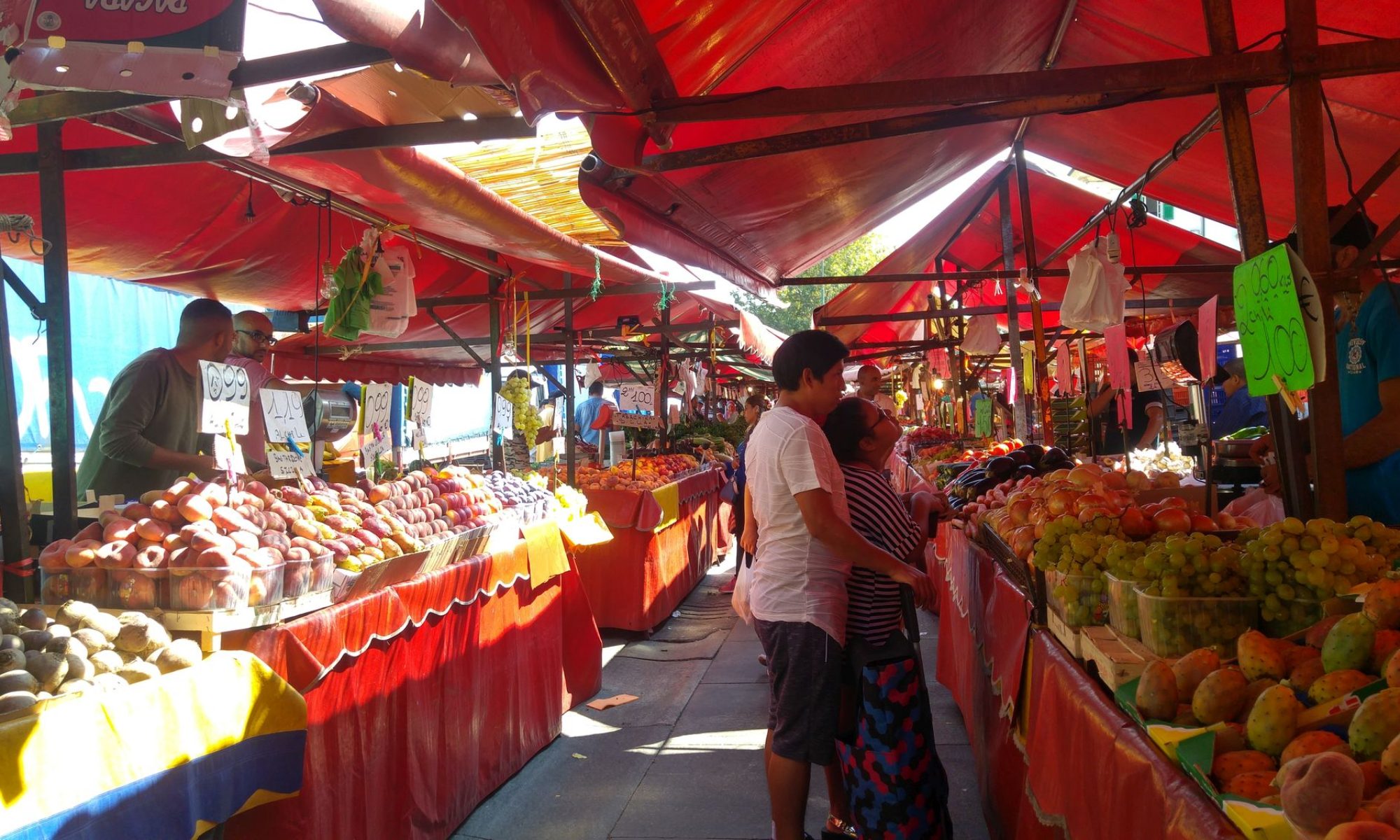Monday, 17 January, 2022
This isn’t the first time I’ve blogged about Hackney Wick, and it’s likely not to be the last time. The thing about the area is that it’s changing – rapidly. In a nutshell, it’s gentrifying. When I first arrived in Hackney, I found out that I lived close to a community of artists – largest in Europe, it claimed – so I wandered over. What I found back in those early 2000s days was a largely derelict area, kind of like a rambling collection of industrial parks, and being me, I was fascinated with the whole thing. I took photos back in those days – of walls and buildings covered in art, some accomplished, some scribblings, and of letterboxes and doors. No official nameplates there – just painted and written flat numbers outside old factories with names listed one below the other. I had flashbacks of being in San Francisco and of communes, everyone in together.
There was a street festival every year, Hackney WickED, so I went back for it. People sat around on the ground, on fire escapes, at booths. There were others spray painting new art. There were cafes, often vegetarian or the not talked about so much in those days vegan. There was live music. I walked by the canal and saw people sitting on rickety chairs. Beatnik, hippy, arty, unconventional, rebellious, eco warrior…I could go on.
I remember going to the Hackney Pearl – everybody loved that place and I thought I must be missing out. One visit there cured me of that. There was a Banksy in those days by the canal. I remember that. The whole place was a mess but somehow glorious. The Olympics changed all that. Hackney Wick was somewhat exempt, being on the over side of the canal to all the action, but it was brushed and that’s all it took.
One by one the scrapyards and the factories tumbled – converted or demolished. The artist-heavy community rebelled. They were always good at that. As far as I can tell, they didn’t get too far, although there are holdouts. What you see in Hackney Wick today is the remnants of what used to be alongside the very smart, but sadly no-personality luxury loft conversions and luxury flats. They have names that are a nod to the past – Bagel Factory, Shoe Factory, Ceramic Works. They don’t fix the past.

The protests continue…for some. Interestingly, in the local paper an interview with an older resident was glowing about all the changes. What works for some doesn’t for others.

The Lord Napier Pub has often been featured as an icon for Hackney Wick, since it’s been covered in graffiti for many years. It also happens to be Hackney Wick’s only pub something I find quite inconceivable for this city of pubs on every corner. On the other hand, Hackney Wick is perhaps just a corner. It’s posh inside now and the art continues (with new works by Tizer, Sweet Toof, Phelgm, Run, Mighty Mo, ThisOne, Oust, DKAE, Lucky, BuskOne, Will Barras, Greg Abbott, Teddy Baden & Cept.) I’ve also heard they have good Northern Thai food, but I haven’t been able to try it yet.





On these next photos, with the ominous Phlegm figure threatening with an overhead anvil on the left, you can see the very modern building that’s now close to it.





The map shows how compact the area is and also a rough guess at where we walked. I’m sure I must have left some off but I have a terrible sense of direction and get completely turned around in my memory and in real life. The photos show some interesting sights along the way.


















We had plans to eat while at Hackney Wick. I was quite keen to try the food at the pub, but Krish suggested we look for pizza and did some research to see where. He chose Natura. At first it didn’t look like much. A pizza and pasta place at the end of a street where the housing estate is. Inside there were rough wooden block tables with bench seats. At lunch time many of the regular sized pizzas are served with a drink for 8.40, about a third less than at dinner. We ordered a pizza with ham and some spaghetti with meat sauce. They were really friendly in there and we were relaxed, the only people in there. The server told us that it was usually a busy place in the evening but lunch times were quiet – so cheaper pizza! The pasta was so so, the pizza was well done. Krish wants to go back for lunch again and get a different pizza.


The estate hasn’t changed at all. I wonder how the residents feel about their area and all the changes it’s gone through, and their new well-heeled neighbours. And come to think of it, the estate is the third face of Hackney Wick.

We noticed a lot of orange-based graphics as we walked, along White Post Lane. It wasn’t until I got home and read the local Wick paper that I learned more. The artwork was an initiative called Paint the Town Orange by an enterprise called MEUS. MEUS is a tech company focused on the fitness and wellbeing of men. Ten top street artists created art to raise awareness for men’s mental health during men’s mental health month, November 2021. Here are just some of the pieces we saw on our walk.








The heart of Hackney Wick is small enough to discover all in one go, but we tend to take things in smaller bites, especially when they are so close by. There’s a barbecue spot I’ve been wanting to try for quite some time so there’s a good reason to be back soon. We headed back towards the Lord Napier, to our bus stop, and home for tea!

































































